Editor's Choice: «Dynein and cell shape cooperatively establish the axis of division in epidermal stem cells», by Reto Gassmann and Cátia Carvalho
A study by the i3S Cell Division Mechanisms lab, and published in the journal GENETICS, shows how a microtubule-based motor protein acts alongside cell shape cues to ensure that epidermal stem cells divide in the correct orientation. The findings also highlight that oriented divisions instruct cell fate during epidermal development.
Oriented cell divisions allow developing tissues to acquire their proper size, shape, and cellular diversity. For example, oriented divisions coupled to cell fate decisions are frequently observed in stem cells, where one daughter retains stem cell potential while the other daughter differentiates. Studying the molecular mechanisms of spindle orientation and the impact of its mis-regulation will improve our understanding of the formation and maintenance of tissues and of the defects that contribute to carcinogenesis.
Spindles can either rotate into the correct position after they have assembled, or the axis of division can be established prior to nuclear envelope breakdown by directing the migration of centrosomes. Spindle rotation requires the interaction of astral spindle microtubules with the cell cortex and typically involves pulling forces generated by the cortically anchored microtubule motor dynein. The mechanisms underlying directed centrosome migration are less well understood. In our study, we used a hypomorphic dynein mutant, generated by CRISPR/Cas9-mediated genome editing, to dissect the motor's contribution to oriented division in epidermal stem cells of C. elegans, which divide asymmetrically during the formation of the worm's "skin". We found that the axis of division in these cells is established by directed centrosome migration in prophase, and that the dynein mutant interfered with the positioning of centrosomes along the polarization axis without preventing centrosome separation per se. Together with the observation that dynein's cortical anchor was enriched at the cell cortex in a bi-polar manner, these results suggested that pulling forces generated by cortical dynein are responsible for directing centrosome migration to ensure the spindle assembles in the correct orientation. The dynein mutant also allowed us to determine how mis-oriented stem cell divisions affect epidermal development. Mis-oriented divisions resulted in permanently misplaced daughter cells that failed to properly differentiate, ultimately producing a mature epidermis that was permeable and fragile. Consequently, mutant animals experienced fatal epidermal rupture by the time they reached adulthood. Intriguingly, introducing a second mutation unrelated to the dynein pathway, which produced stem cells with a more elongated shape, partially rescued spindle mis-orientation and cell fate defects in the dynein mutant. This not only confirmed that the cell fate defects were indeed caused by mis-oriented divisions (and not by some other function of dynein that was perturbed in the mutant), it also revealed that dynein-mediated cortical pulling forces and geometric constraints jointly contribute to mitotic spindle orientation, rendering this important process more robust.
Image caption: The last round of asymmetric seam cell divisions in the larval epidermis of C. elegans, imaged with fluorescent markers for microtubules (cyan) and chromosomes (magenta). Image courtesy of Cátia Carvalho.
Keywords: dynein, spindle orientation, stem cells, epidermis, Caenorhabditis elegans, LIN-5.

